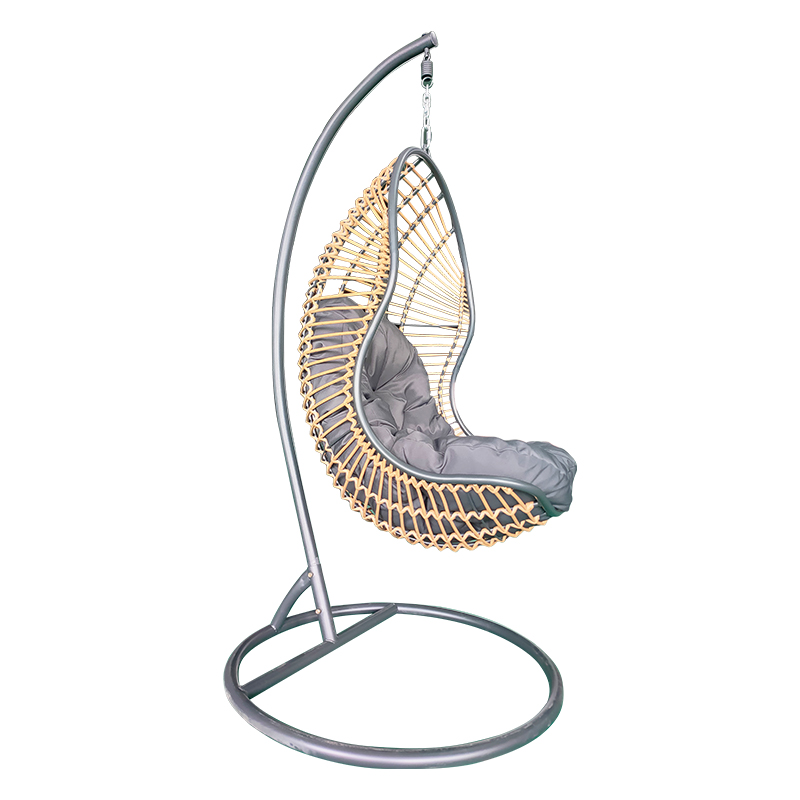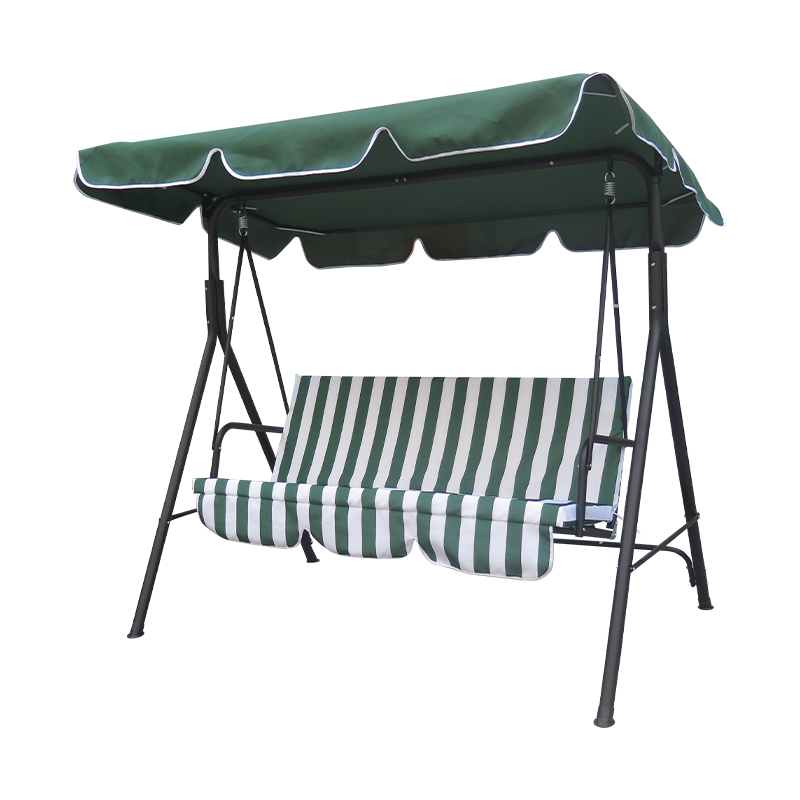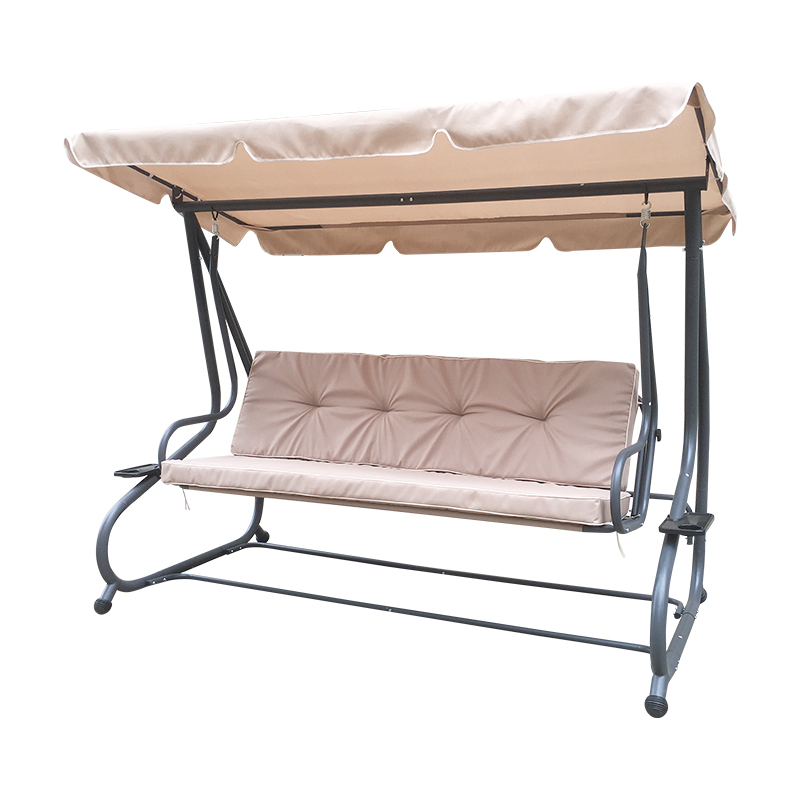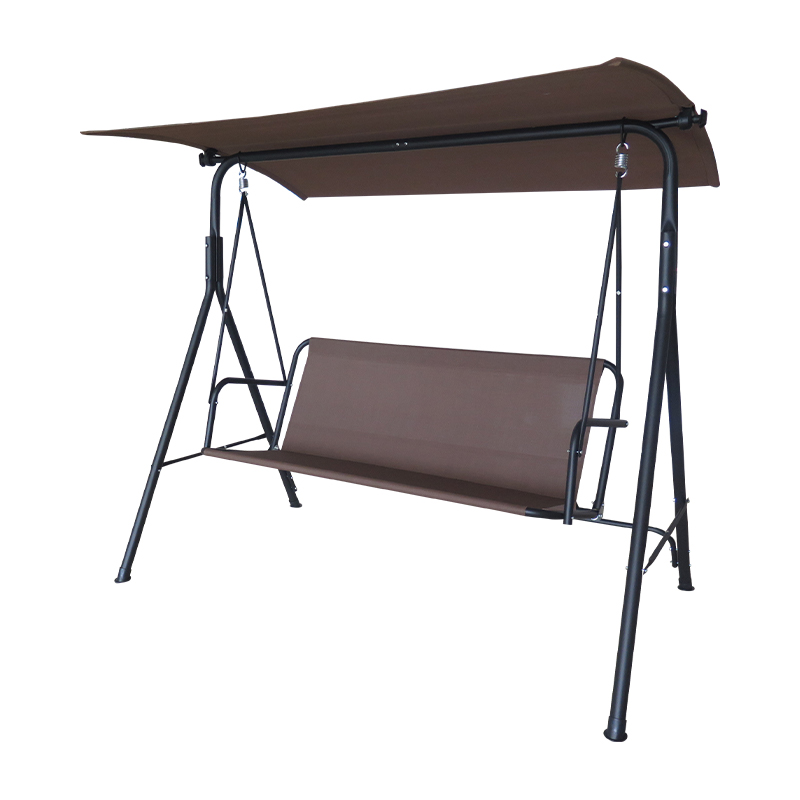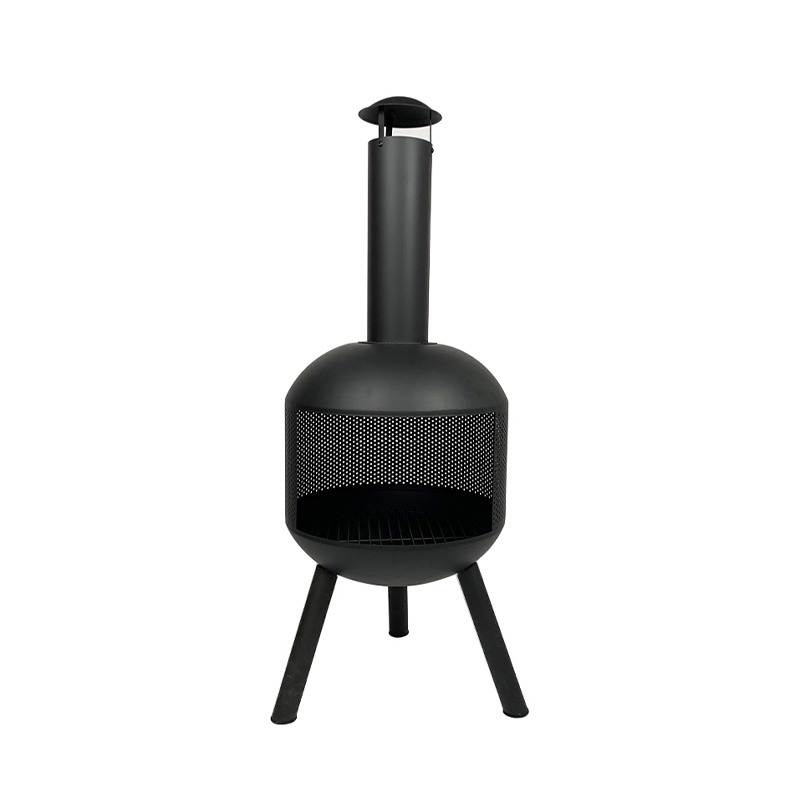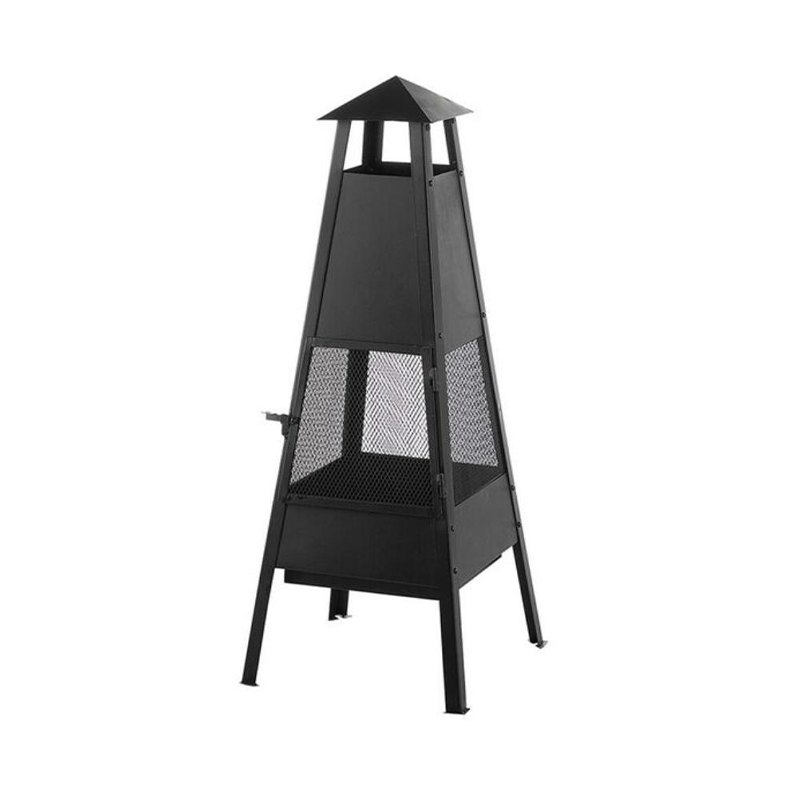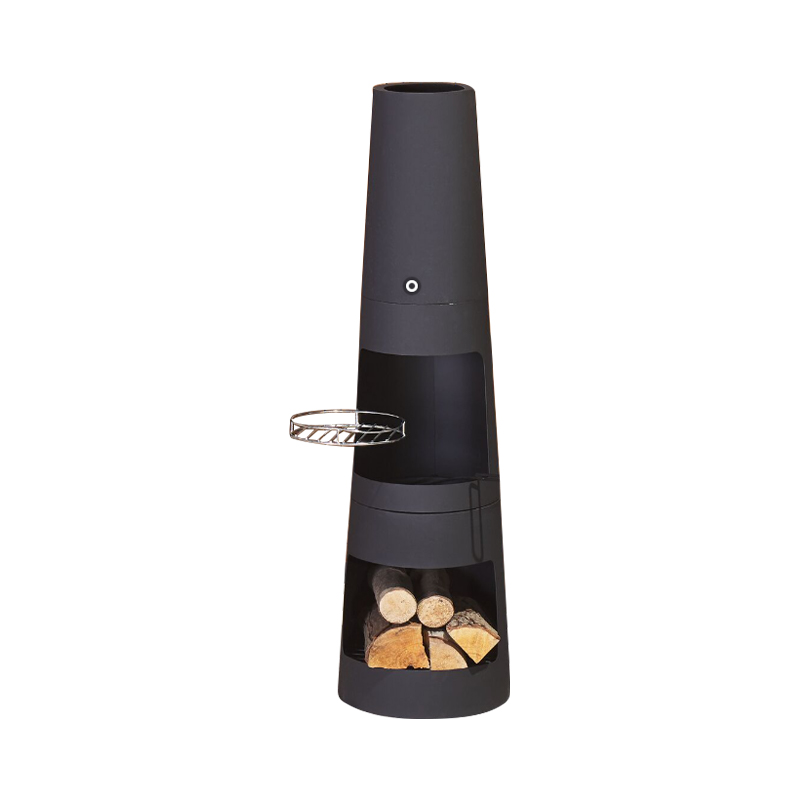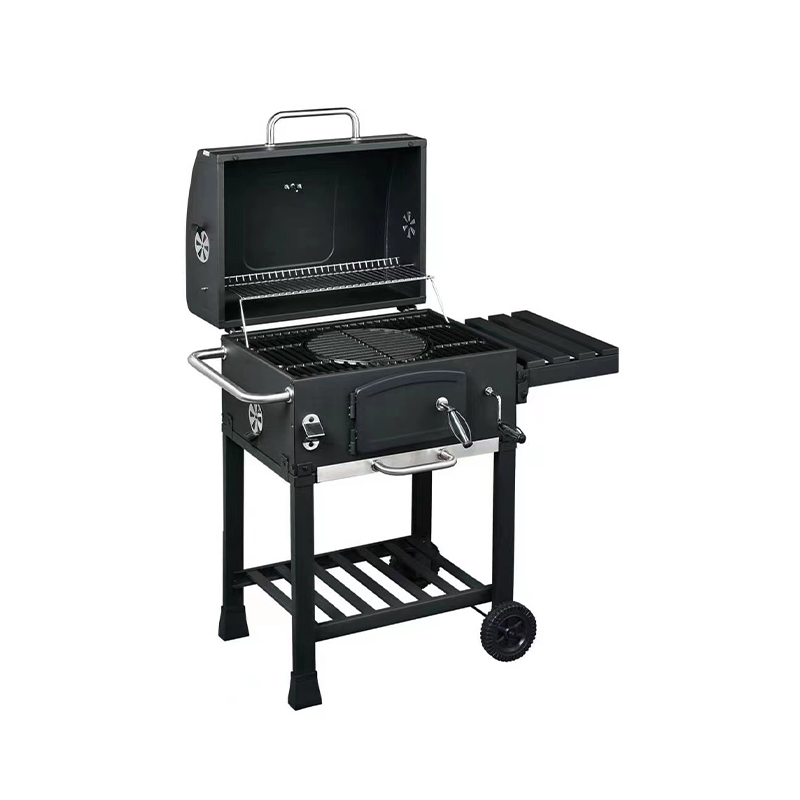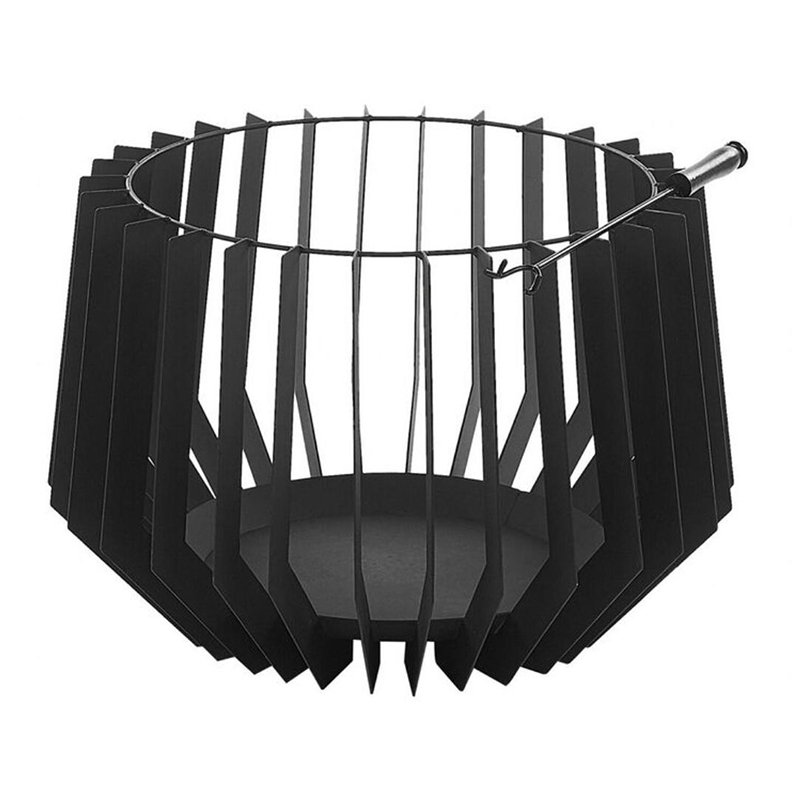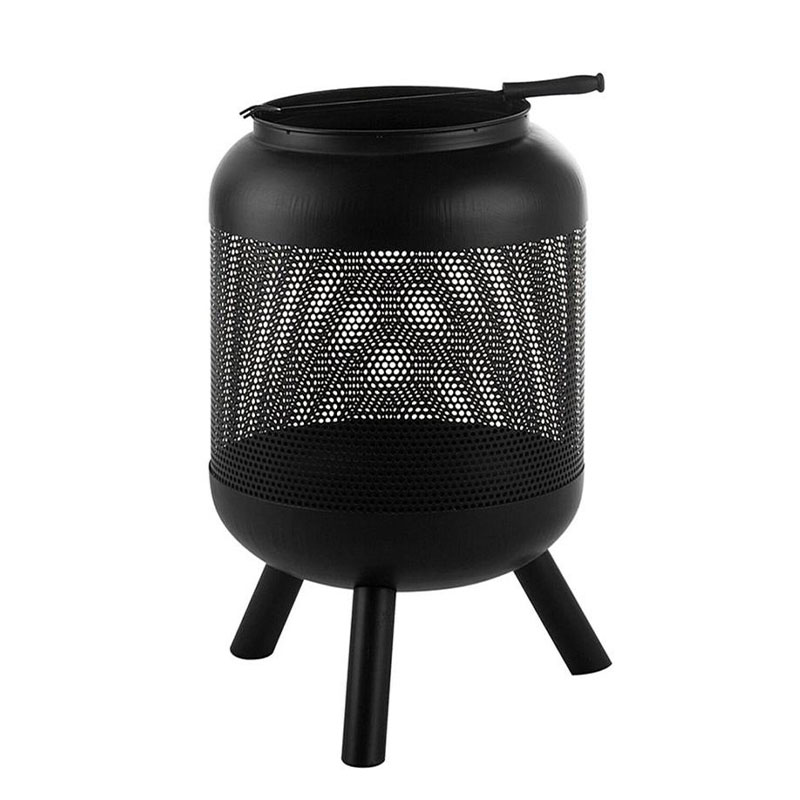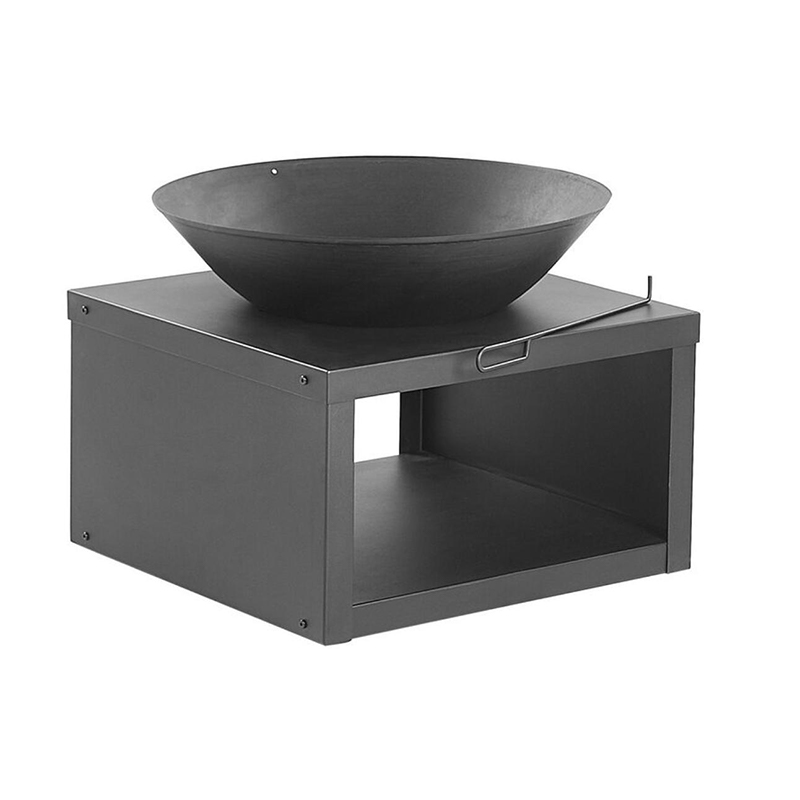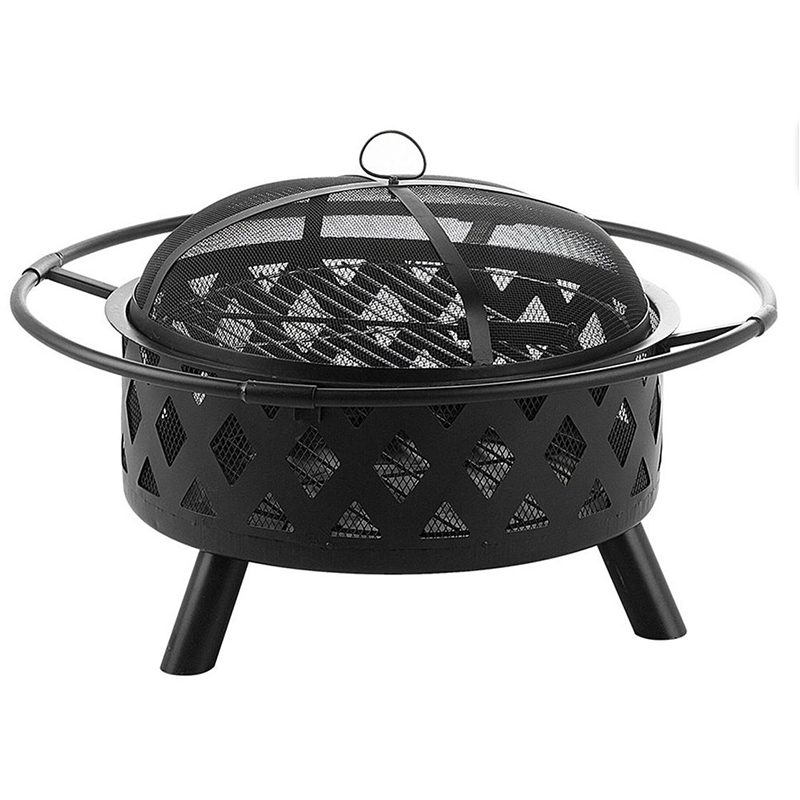Technological Advancements and Features
The household small round BBQ stove heating charcoal fire pit represents a culmination of technological advancements aimed at simplifying outdoor cooking while delivering exceptional performance. Engineered with durable materials, these fire pits ensure longevity and robustness, capable of withstanding various weather conditions. The incorporation of adjustable airflow mechanisms allows users to control the intensity of the fire, enabling precise temperature management for different cooking styles.
many models are designed with a compact and portable build, making them suitable for various outdoor settings. Their user-friendly assembly and disassembly processes cater to the convenience sought by modern consumers, further enhancing their appeal for camping, picnics, or backyard gatherings.
Market Influence and Industry Dynamics
The introduction of the household small round BBQ stove heating charcoal fire pit has significantly impacted the outdoor cooking equipment market. Manufacturers and retailers have witnessed an upsurge in demand, prompting a diversification of product offerings to cater to varying consumer preferences. This evolution has intensified market competition, driving innovation and improvements in design, functionality, and additional features.
the market dynamics have seen a notable shift in consumer behavior. The allure of the charcoal fire pit lies not only in its functional utility but also in the experiential aspect it offers. Consumers increasingly seek products that provide an immersive and interactive cooking experience, aligning with the growing trend of outdoor leisure activities and social gatherings.
Environmental Considerations and Sustainability
While the household small round BBQ stove heating charcoal fire pit boasts several advantages, its environmental impact remains a subject of scrutiny. Charcoal production involves deforestation and carbon emissions, raising concerns about sustainability. However, advancements in eco-friendly charcoal production methods, such as sustainable sourcing and charcoal briquettes made from recycled materials, aim to mitigate these environmental concerns.
the efficiency of these fire pits in utilizing charcoal as a fuel source contributes to reducing overall emissions compared to traditional open-fire cooking methods. Consumers are also exploring alternative fuel options, such as natural hardwood pellets or sustainable biochar, to minimize the environmental footprint associated with charcoal usage.
Evolving Consumer Preferences and Future Trends
Understanding evolving consumer preferences is pivotal in shaping the future trajectory of the household small round BBQ stove heating charcoal fire pit industry. Convenience, versatility, and multifunctionality continue to drive purchasing decisions among consumers. Manufacturers are responding by integrating smart technology features, such as temperature sensors and smartphone connectivity, to offer enhanced control and monitoring capabilities.
customization options, allowing users to personalize their fire pits with accessories or add-on features, are gaining traction. This trend reflects a shift toward creating unique and tailored experiences, catering to diverse consumer preferences and lifestyles.
The household small round BBQ stove heating charcoal fire pit has emerged as a prominent player in the outdoor cooking and entertainment landscape, redefining traditional grilling experiences. Its technological advancements, market influence, environmental considerations, and alignment with evolving consumer preferences underscore its significance within the industry. As manufacturers continue to innovate and adapt to changing market dynamics, the future promises further enhancements in functionality, sustainability, and user experience, solidifying its position as a staple in outdoor leisure and culinary pursuits.
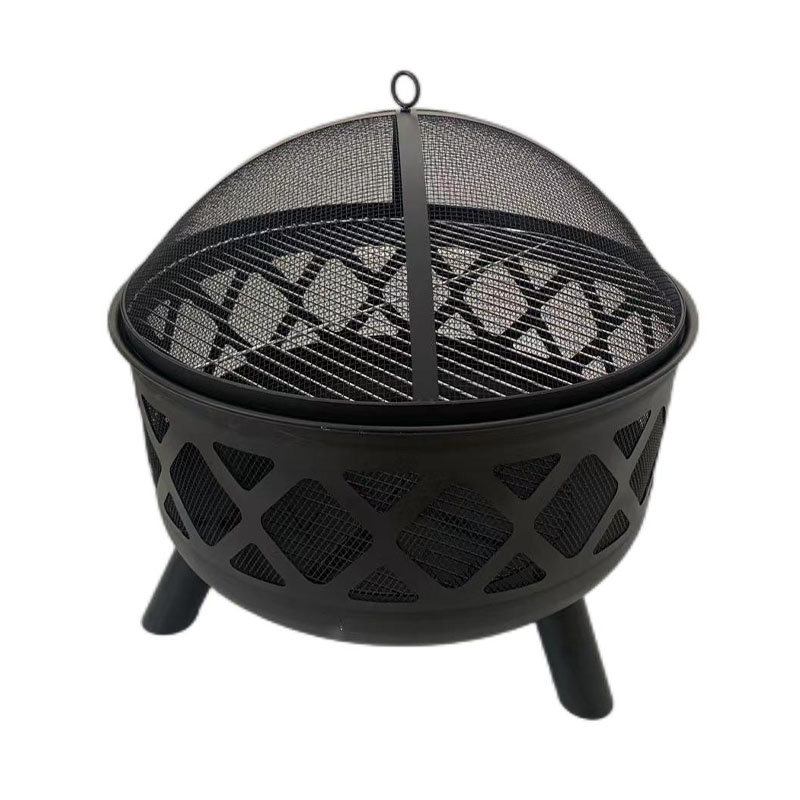



 English
English русский
русский Deutsch
Deutsch italiano
italiano




